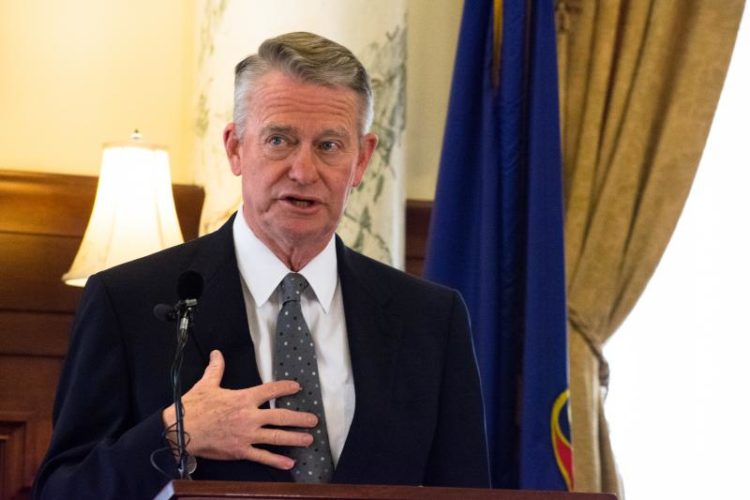The State of Idaho wrapped up its fiscal year on June 30 with a balanced budget and an impressive $345 million surplus, according to updated revenue figures released today by the Division of Financial Management. The report confirms the state’s continued streak of strong fiscal health, powered by conservative budgeting, steady economic expansion, and record personal income and job growth.
“Idaho leaders have long championed responsible budgeting and conservative principles that promote economic activity. What we’re doing is working,” said Governor Brad Little. “The Legislature and I have delivered historic tax relief while making critical investments in public schools, roads, and infrastructure. In fact, state support for public education increased nearly 70% in a few short years, and we will continue to prioritize better teacher pay and classroom resources.”
Strong Revenues Reflect Economic Growth
Idaho’s revenue performance in June capped a year of broad-based economic strength. Withholding tax collections—an indicator of job and wage growth—rose 5.9% over last year. Gross sales tax revenues were up 3.7%, while online sales tax collections surged 13.2%, reflecting continued population growth and strong consumer activity.
Idaho’s real Gross Domestic Product (GDP) has climbed more than 21% over the past five years, with nominal GDP growing 150% in the same period. The state now ranks third nationally in average weekly wage growth, with personal income and wages both up approximately 45% since 2020.
Nation-Leading Fiscal Management
In June, Fitch Ratings reaffirmed Idaho’s “AAA” credit rating—the highest possible—citing strong reserves, low debt, and prudent fiscal policy. The rating gives the state flexibility to provide tax relief while still investing in key areas such as infrastructure, healthcare, and education.
“Idaho’s economy is strong, resilient, and growing rapidly – fueled by smart fiscal management, a strong labor market, and record-setting gains in personal income, jobs, and GDP,” Fitch’s report stated. “Idaho’s economy has transformed and diversified, moving beyond agriculture and mining into fast-growing sectors like technology, healthcare, and construction.”
Labor Market Indicators Remain Positive
Idaho’s labor market continues to outperform national averages. The state’s unemployment rate remains steady at 3.6%, and the civilian labor force and total employment are both up over 1% from last year. Layoffs have fallen to their lowest level in three years, while job postings and hiring remain strong across multiple sectors.
Increased enrollment in post-secondary education, continued in-migration, and growth in construction and healthcare employment all point to sustained momentum.
Outlook for the Future
Looking ahead, the state projects personal income to grow another 32% and wages to rise 15% over the next five years, building on what Governor Little described as “real income growth for Idaho households.”
“Idaho’s economy is firing on all cylinders,” Little said. “We’ll continue to keep our state on this trajectory—cutting red tape, holding the line on government growth, and investing in what matters most for Idaho families.”
The fiscal year-end report reinforces Idaho’s reputation as one of the nation’s most fiscally disciplined and economically dynamic states, positioning it well for continued growth in 2026 and beyond.
By: BSH staff

